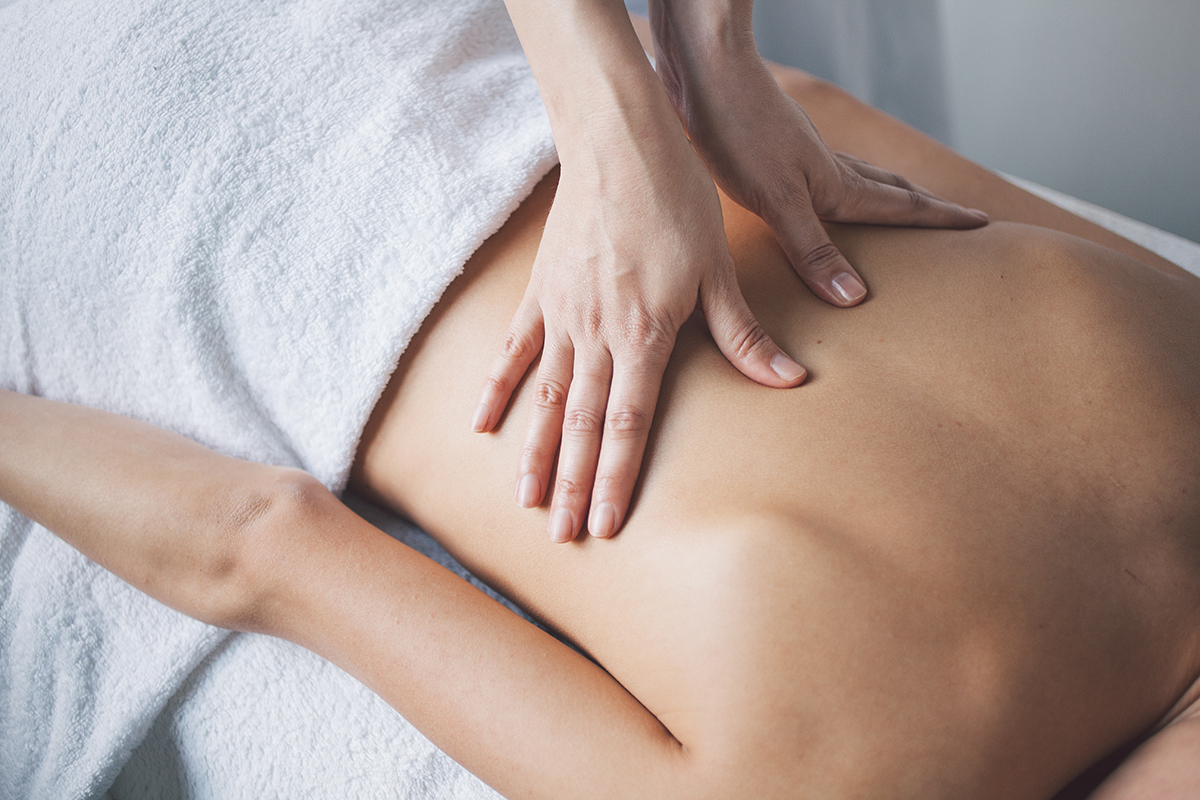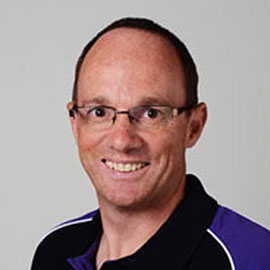Sexual misconduct is a serious issue that needs to be formally addressed in any organisation. In the healthcare industry, any sexual assault or inappropriate misconduct between staff, providers, and clients is against the law and carries severe consequences, including potentially jail time. Therefore, it’s essential for massage therapists to know what is classified as sexual misconduct, and how to appropriately address and prevent it.
What is sexual misconduct?
Sexual misconduct is an umbrella term that includes any unwelcome behaviours that are sexual in nature. In the massage therapy industry, this can include the following:
- Sexual assault
- Sexual harassment
- Sexual relationship
- Inappropriate relationship
- Inappropriate treatment
- Therapist self-disclosure
The act of sexual misconduct can involve inappropriate touching, rude or suggestive comments, and sexual abuse and violation. Additionally, videotaping or photographing a massage without client consent can be classed as non-physical sexual misconduct.
It’s important to remember that sexual assault can occur without physical touch. If a therapist, co-worker, or a client feels their safety and wellbeing has been threatened or that a boundary has been crossed, they can file a formal complaint. The code of conduct requires all general healthcare providers, including massage therapists, to provide and encourage safe and ethical healthcare practices.
Behaviours of sexual misconduct in the massage industry
Both sexual misconduct and sexual harassment can create serious problems for a massage therapist, particularly if there has been an abuse of power. Additionally, therapists are also at the risk of being the victims of sexual harassment if a client crosses patient-therapist boundaries.
Any exploitation of the relationship between therapist and client for the gratification of the therapist is an abuse of power. Therefore , massage therapists must have the knowledge to conduct themselves professionally and prevent exploitative behaviours.
Some behaviours that may be classed as sexual misconduct in the massage industry include:
- Inappropriate personal conversation
- Inappropriate body contact
- Informal comments (for example, “your eyes are so beautiful”)
- Trips or encounters outside the clinic
- The offer of dinner or alcohol to a client
- Personal phone contact, SMS contact, or social media contact outside of a business context (for example, a business email regarding your services is appropriate, however an email containing a joke and of no business relevance may not necessarily be appropriate)
- Giving of an inappropriate gift
- Poor, inadequate, or lack of draping being provided to the client.
Inappropriate behaviour can also be directed at the therapist from the client. However, because health professionals hold a position of power and also the right to refuse to service the client, the law ultimately holds the business provider responsible for their behaviour. As a therapist, be mindful of keeping interactions with clients professional. If an at-risk situation occurs, you can refer the client to another practitioner, seek professional or legal advice, or contact your preferred Massage Association or insurer for advice.
Things to be aware of as a massage therapist
Due to the vulnerable and often intimate nature of massage therapy, massage therapists have an important duty of care to set and maintain boundaries. Such boundaries for ethical safety should always err on the side of caution.
Here are some common vulnerability factors to be aware of:
De-robing & draping
There is no rule that a client must be unclothed to have a massage. If the client is happy to do so, that’s fine, but if a client feels more comfortable leaving their undergarments or clothes on, then this should be respected. It’s a therapist’s job to ensure that clients are aware of this before their massage. The clinic should have clear procedures outlined for the client to see before their massage – for example, providing a note on their appointment confirmation or a sign in the massage room or change room.
Additionally, a therapist should know the correct draping techniques and be assessed by a knowledgeable supervisor before conducting massage therapy on clients. Protocols require that the genital regions of both males and females must be covered (this includes female breasts). And the therapist’s hands should never go beneath the drape when performing a massage.
Attention to sensitive areas of the body
The female breast should always be draped during the massage. Sometimes the drape is lowered so that the top half of the breast and pectoral muscles can be worked on, but this must only be done with the client’s permission. In certain circumstances breast massage is acceptable, such as in the case of nursing mothers or treatment of injuries, however this should be discussed with the client on each occasion.
In massage therapies, the upper inner thigh should never be touched unless specified by a client who has a sporting injury that requires access to this part of the leg. In these instances, the genital area should always remain draped, and therapists must never move their fingers up toward the private genital region.
Placement of hands
As a therapist, try to ensure that your client’s hands aren’t in a vulnerable position. For example, if a client is lying face down with their arms along their sides and palms facing upwards, they may come into contact with the genital region of a therapist. Therefore, it’s best if the client keeps their hands tucked under their hips.
For therapists, it’s essential to avoid using very light touch on a client unless it’s required due to an injury. Even without sexual intent, this type of touch can feel sexual to a client. With good, proper training, therapists can learn the difference between therapeutic light touch and a potentially sexual touch.
Preventing sexual misconduct: what’s my role as a massage therapist?
Massage therapists should first and foremost be members of the International Institute of Complementary Therapists or the Massage Association of Australia to stay informed, and be supported and represented. And massage therapists are required to adhere to the Code of Ethics and Standards of Practice.
Ethical behaviour and maintaining and following clear boundaries aren’t simply legal requirements. It also extends to the behaviour and character of yourself and how you uphold and present your services to fellow staff members as well as clients. Performing your work with honesty, equity, integrity, and social responsibility at all times should be your main role as a massage therapist.
Receive proper training to prevent sexual misconduct in massage therapy
Discover Massage is an industry-recognised and privately-owned massage college that holds ethics and codes of practice to the highest standard. We offer in-depth and informative training in all areas of massage therapy, including the importance of safe practices. Browse our course list today to begin your journey as a massage therapist.

